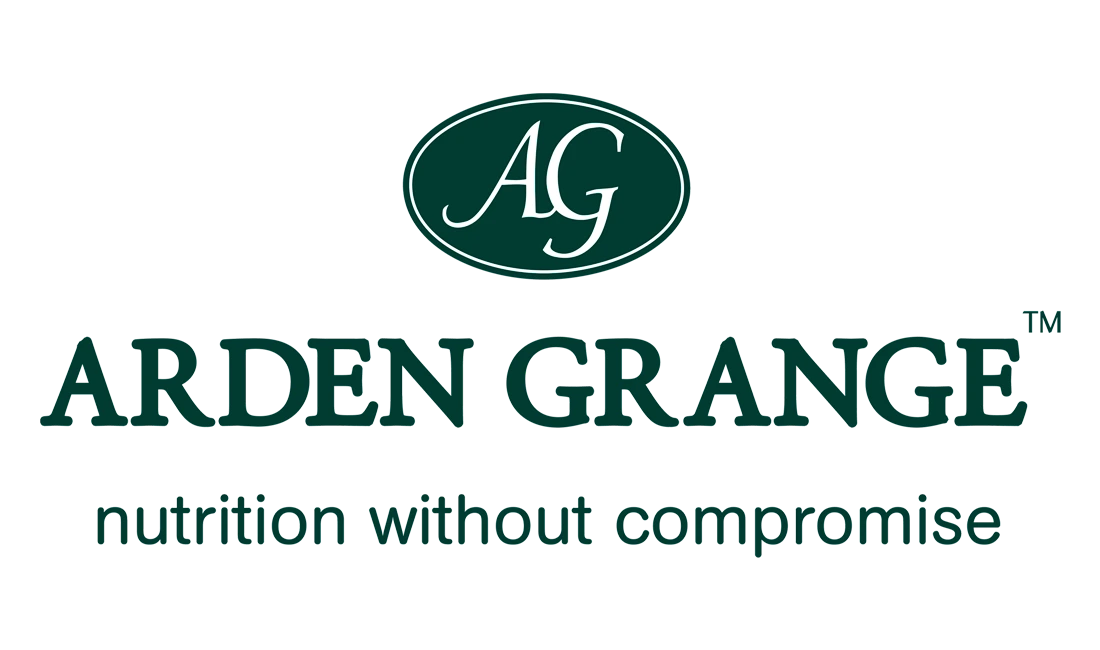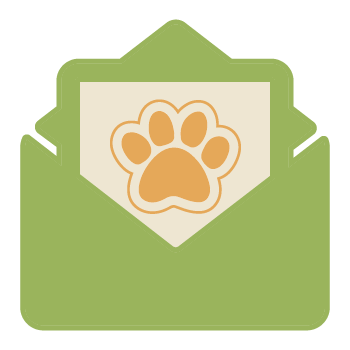How to deal with a greedy dog
Do you sometimes feel like your dog is a bottomless pit and obsessed with food? These handy tips will help your pet - without overfeeding.
The feeling of a full or empty stomach affects dogs just as it does us. The difference is they can’t help themselves…. but they can try! We’ve all experienced the relatively harmless behaviors, the puppy dog eyes, the head tilt, the head on your lap under the dinner table.
Unfortunately, a hungry dog may also engage in ‘antisocial behaviours’ such as coprophagia (eating faeces), scavenging and competitive behaviour towards other animals if present at meal-times. Food guarding might be directed towards people or pets.
So how can we help our dogs not to fixate on food and feel fuller for longer?
Slow down
Invest in a slow feeder if he or she is a fast eater for all or part of your dog’s daily allowance. There are many different types available to suit every size and shape of dog, designed to slow down the rate of ingestion and prolong mealtimes. Supervise your dog at first to ensure he is not becoming frustrated.
Get interactive
Is your dog truly hungry or just bored? Remember your pet may find play just as rewarding as food. If your pet seems in need of attention, why not play a game? Interactive feeding toys, or puzzles can also be introduced to further slow-down feeding and make it even more rewarding.
Introduce wet food
Consider feeding a proportion of wet food such as Arden Grange Partners , which is lower calorie than dry, due to its higher moisture content. This is a good way to increase the daily volume without exceeding your dog’s requirements. 100g of wet food (just under ¼ of a can) is equivalent to around 35g of our dry adult diets. (This is based on the Arden Grange chicken Partners canned food and adult chicken & rice dry food. Calorie content may vary depending on the product).
Consider 'soaking'
Soak dry food for about half an hour prior to serving. This will cause it to expand a little, and also makes it easier to adhere within feeding toys and not be too rapidly eaten. There are many other benefits of soaking dry kibble too!
Is your routine working?
Work around your dog’s appetite and perhaps, if you find he or she is generally hungriest in the evenings but not as hungry at breakfast, you could feed a larger meal in the evening, or even split the nightly allowance into a tea-time feed and a supper.
Ensure everyone in the home is aware of your pet’s daily food and treat allowance, exercise and timings! They may be hungrier if they have had an extra walk today!
Once you have established a pattern and implemented new times if needed, try to stick to the routine to help promote stable blood sugar and good serotonin levels. Be very careful not to exercise too near to a mealtime as this may increase the risk of bloat.
Note
Sometimes medical problems can result in a very voracious appetite or an appetite for non-food items so do seek veterinary advice if your dog is insatiable.
Excerpts from ‘Canine diet and behavior’ by Ness Bird – Arden Grange Nutrition Adviser and RVN CertCFVHNut ©


 Puppy
Puppy
 Adult
Adult
 Senior
Senior
 Sensitive
Sensitive
 Treats
Treats Kitten
Kitten
 Adult
Adult
 Senior
Senior
 Trusted British Brand
Trusted British Brand

